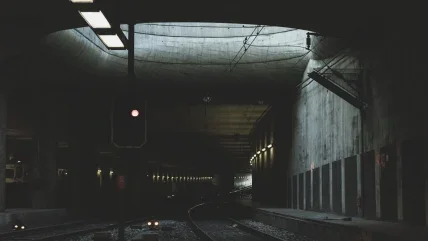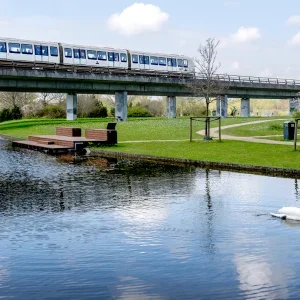
During the course of the project, the contractors undertook the excavation of 5,795 feet (1,766m) of twin tunnels, measuring 21 feet in diameter, utilizing a Herrenknecht Tunnel Boring Machine (TBM). Additionally, they laid 1.9 miles of new track to facilitate the transportation of light rail trains connecting Union Station with the bustling 7th Street/Metro Center Station in LA’s Financial District.
The construction also encompassed the creation of three underground stations, each boasting a length of 400 feet and varying depths ranging from 40 to 112 feet. With the completion of the Regional Connector, commuters can expect a reduction in travel times by up to 20 minutes. The enhanced transit system is projected to serve 88,000 metro riders while also attracting approximately 17,000 new riders.
A notable highlight of the project involved the excavation of one of the largest caverns ever undertaken in Los Angeles, necessitating the use of novel technologies and materials. To monitor potential ground loss, a sequential segmented array system was employed, enabling real-time feedback to the TBM operator.
The implementation of building information modeling (BIM) played a crucial role in the project’s success. This technology facilitated the comprehensive review of potential obstructions associated with station structures, appendages, foundations, and utilities, aiding in efficient planning and execution.
Mike Aparicio, the Executive Vice President of Skanska USA Civil’s West Coast operations, expressed his satisfaction with the accomplishment, stating, “The completion of the Regional Connector is a big accomplishment for the Skanska team. While the project consisted of many technically complicated components, the project team was able to work through the challenges in a timely manner.”







